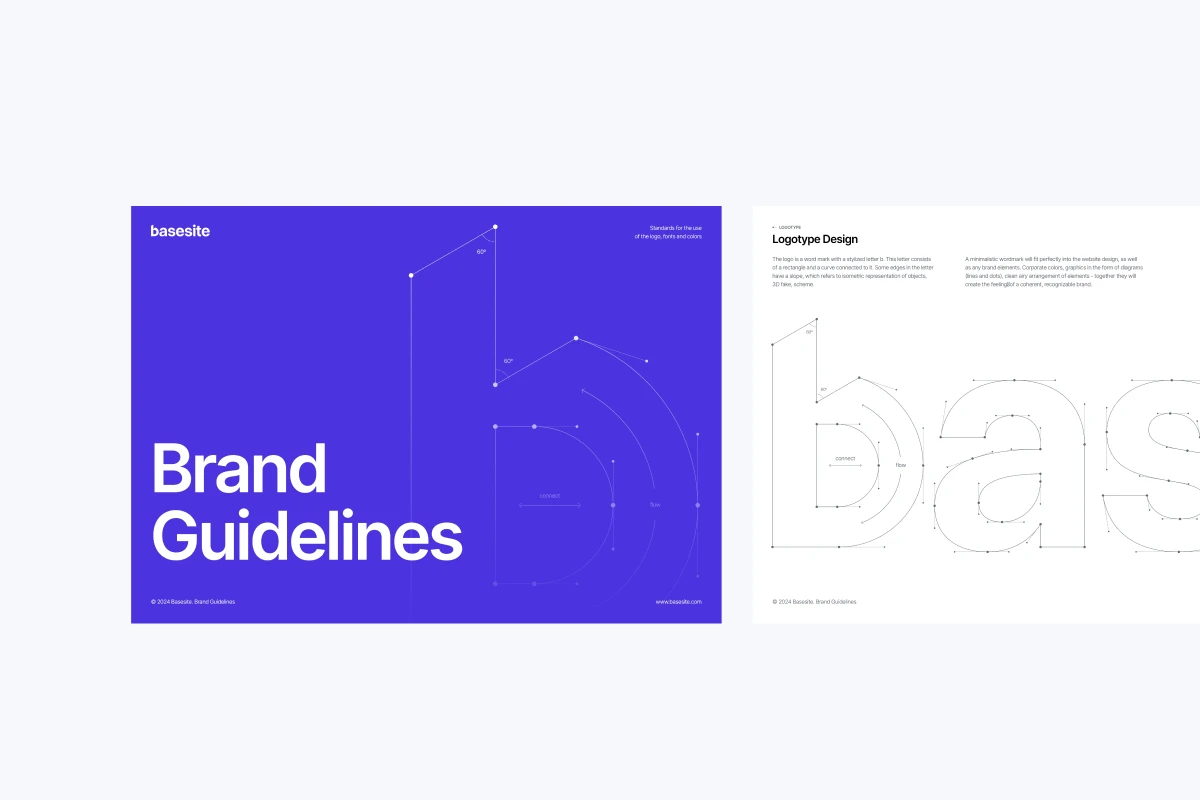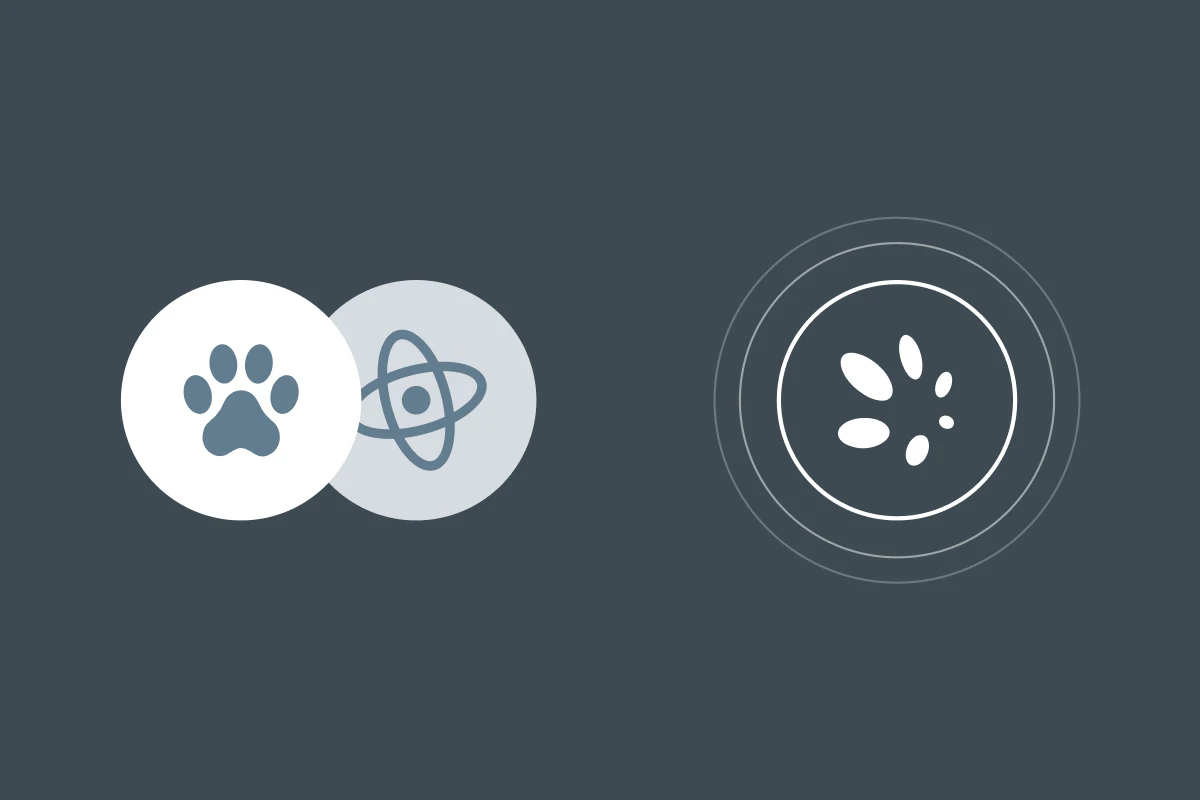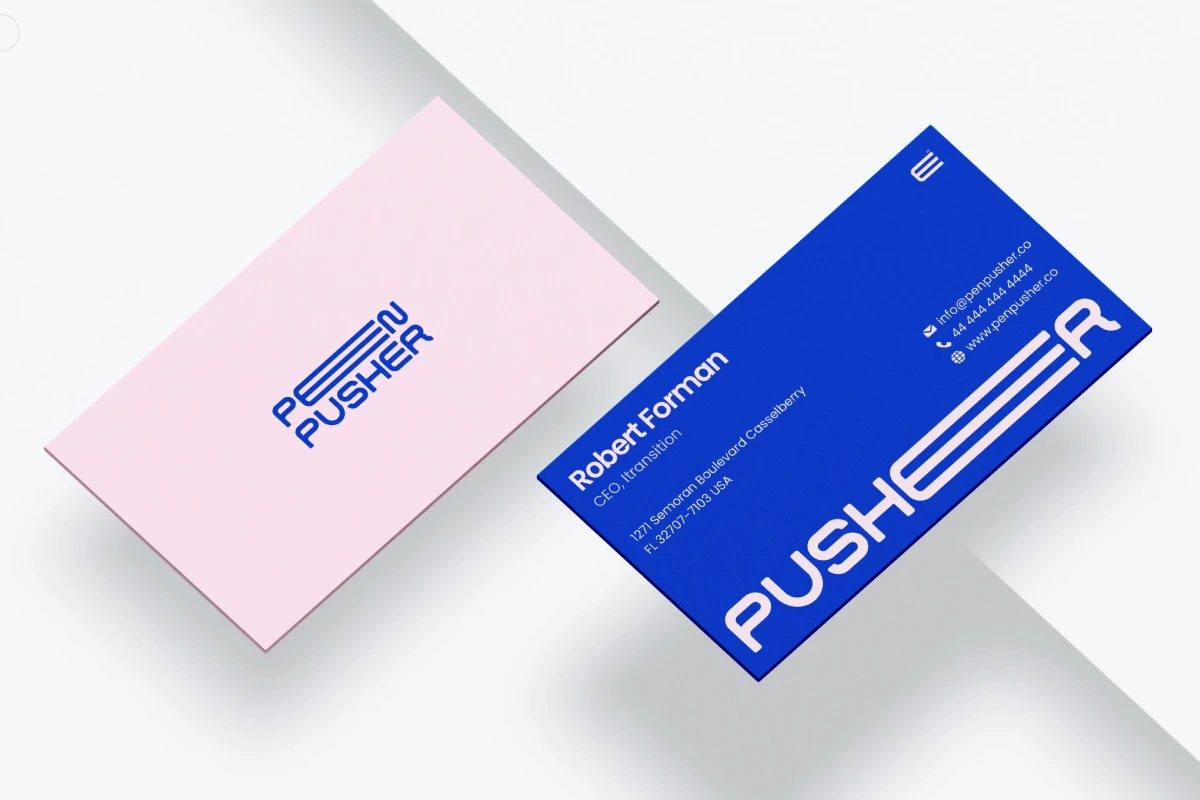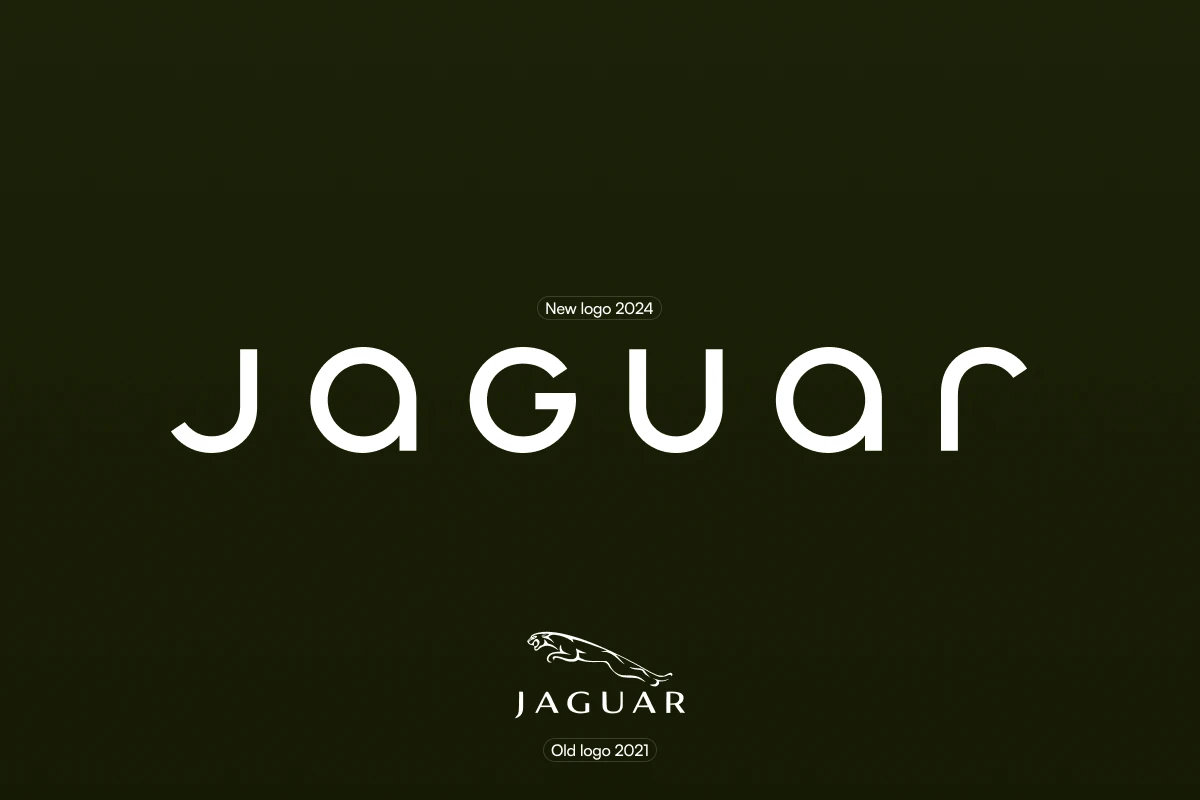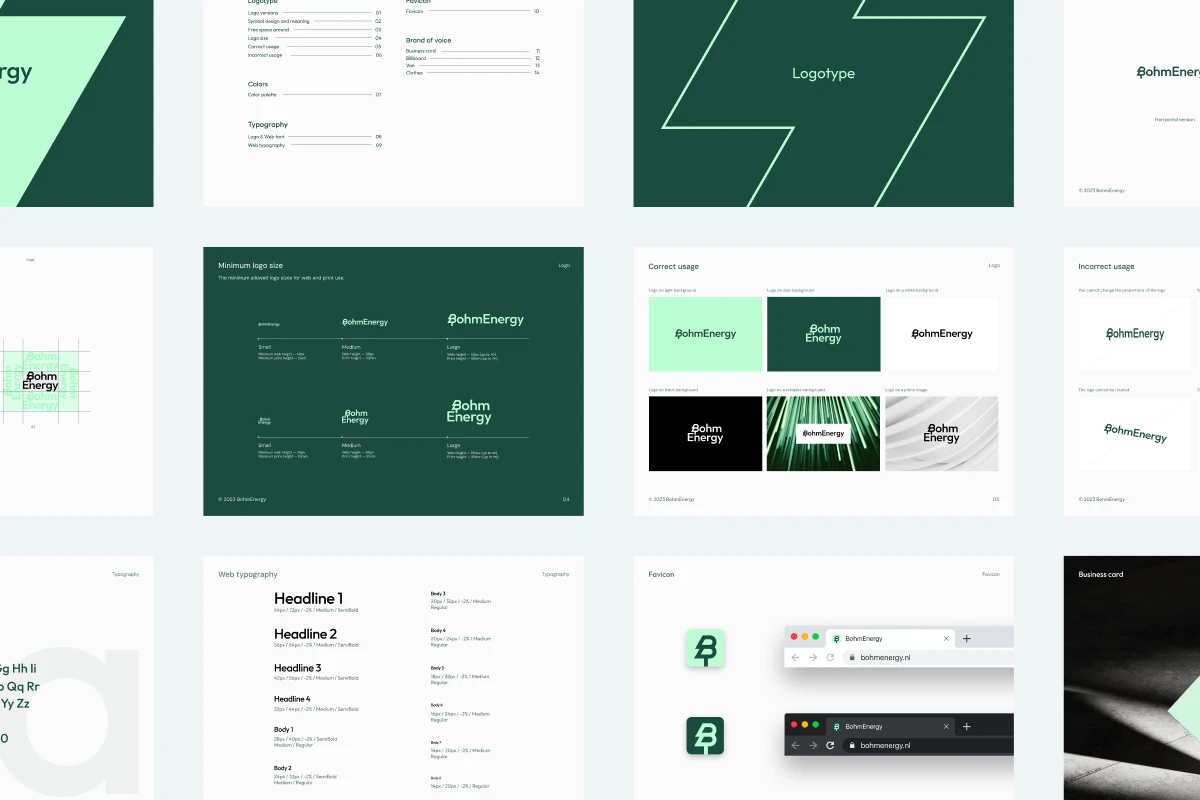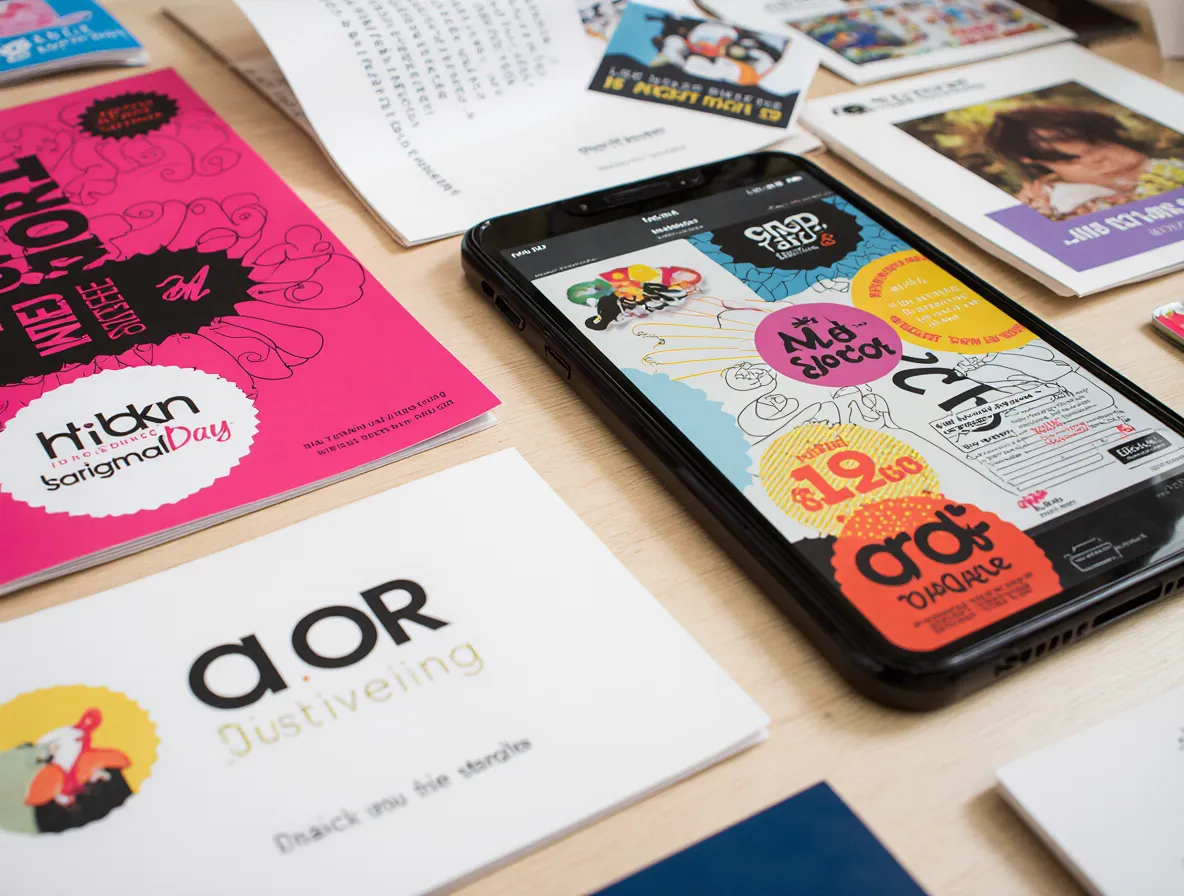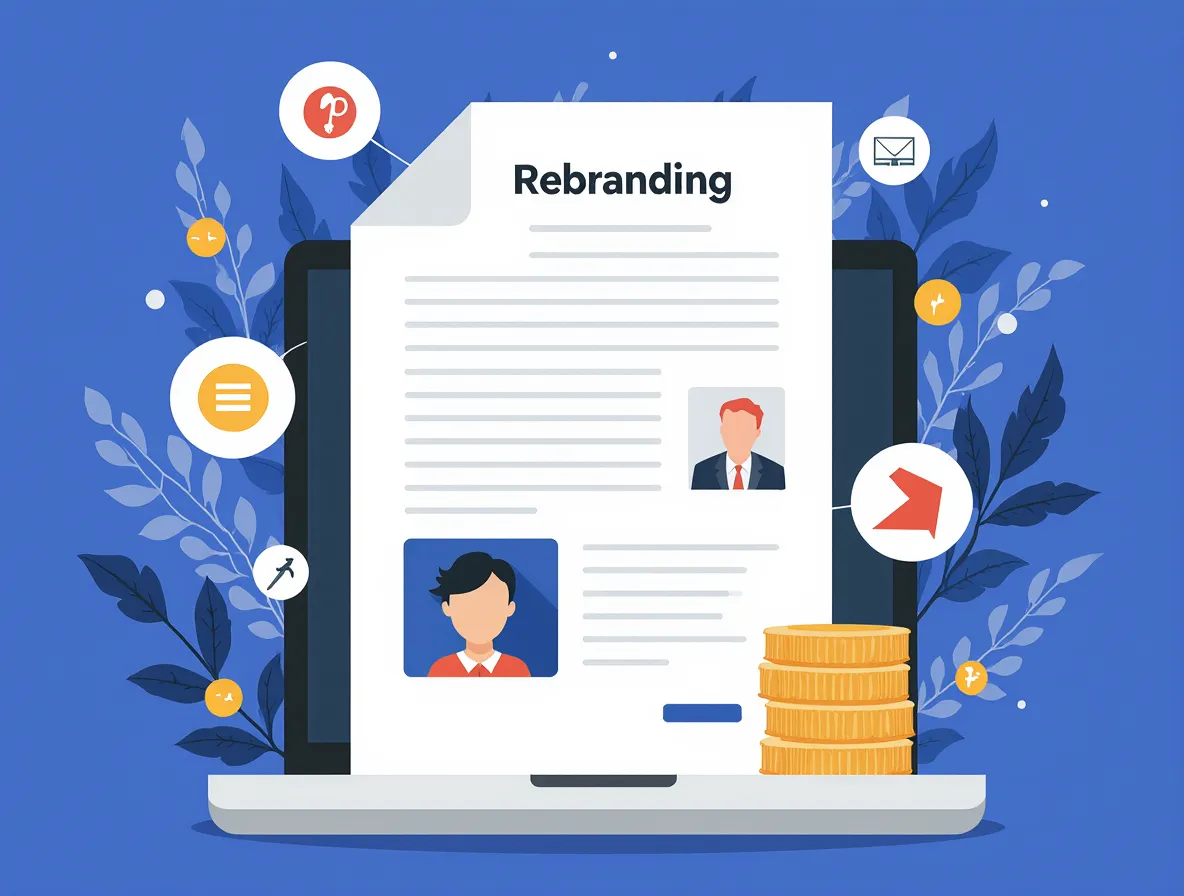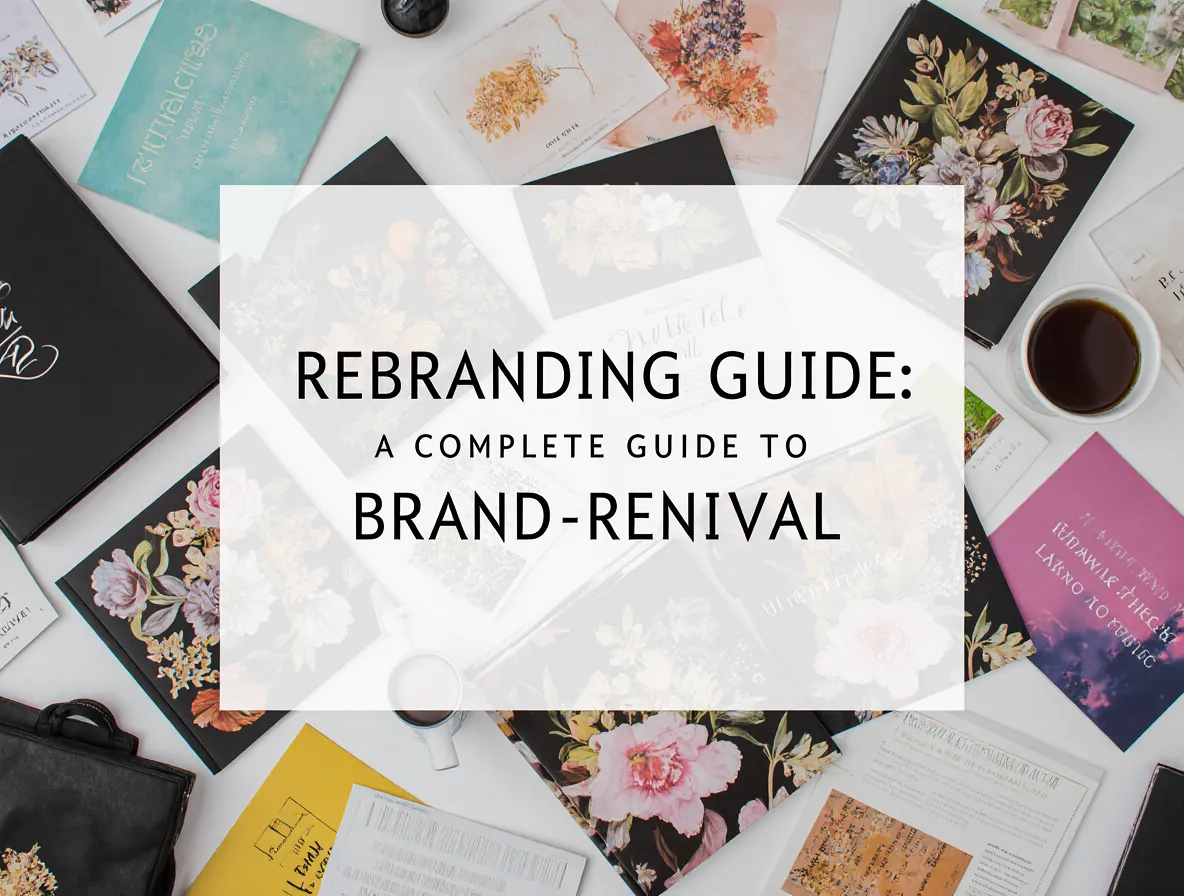WordPress vs Webflow — which one should I use? Webflow is better than WordPress for most business websites in 2025. It's faster, cleaner, and requires less maintenance. Webflow is better if you want speed, full design control, and less time spent on updates or fixing bugs. WordPress works well if you need a flexible blog or use a lot of plugins. Each has its place — but for most business websites today, Webflow is the more efficient choice. Let’s break it down with real facts, use cases, and technical details.
What’s the Real Difference Between Webflow and WordPress?

The difference between WordPress and Webflow lies in infrastructure. WordPress is a self-hosted CMS powered by PHP and MySQL. Webflow, compared to WordPress, is cloud-based, visually driven, and doesn’t require plugins for core functionality.This difference matters when you build a website that must load quickly and scale cleanly. According to W3Techs, as of 2025, WordPress powers over 42% of the web, while Webflow sites are rapidly increasing among startups and design-focused teams due to their visual control and speed.
Webflow uses a drag and drop builder that directly outputs clean HTML, CSS, and JS. With WordPress, you often rely on themes, page builders like Elementor, and WordPress plugins to get similar results — but these add weight and slow down your site.
Quick Comparison: WordPress vs Webflow
Is Webflow Faster Than WordPress?
Yes, in most real-world cases, Webflow delivers faster performance out of the box. It uses a built-in CDN, minified code, and optimized assets. There's no need to install caching plugins or configure extra hosting services. A real-world example: a SaaS company reduced load time from 3.8s to 1.1s after migrating from WordPress to Webflow.Why? Because Webflow generates optimized code and includes CDN, lazy loading, and asset minification by default. In Webflow vs WordPress comparison, WordPress often falls behind unless you invest heavily in hosting and performance plugins. In contrast, WordPress site speed depends heavily on your hosting plan, plugin stack, and caching setup. Bad plugin combinations or bulky themes and templates can make your site slow.
Case study: A marketing agency switched from WordPress to Webflow and saw their average page load time drop from 4.3s to 1.2s.
Which Platform Is Easier to Use?
Webflow gives you full visual control. You see what you're building in real-time. It mimics front-end code structure, so designs are more consistent and clean. WordPress, by default, has the Block Editor (Gutenberg), which is more structured. For visual freedom, many users install tools like Elementor or Webflow alternatives — but that adds extra layers of code and can slow things down. If you're a designer or prefer layout precision, Webflow wins. If you're a writer or publisher who just wants to add content, WordPress feels more familiar.

How Do the CMS Features Compare?
Webflow CMS vs WordPress
This is where Webflow CMS vs WordPress becomes important. WordPress supports complex publishing, but typically requires plugins like ACF. Webflow CMS is simpler, more visual, and perfect for structured content like case studies or product listings.Why choose Webflow over WordPress if you’re a developer? Because it eliminates the need for third-party plugin management and makes your builds cleaner. However, WordPress remains better for high-volume publishing or editorial workflows.
Webflow limits CMS items (e.g. 10,000 per site), which might be restrictive for high-volume publishing.
If you need a lightweight content management system with visual control, Webflow CMS works well. For advanced publishing workflows or complex data models, WordPress is more flexible — at the cost of complexity.
How Good Is SEO on Each Platform?
Webflow vs WordPress for SEO
In 2025, Webflow vs WordPress for SEO remains a major topic. Webflow offers fast page speeds, clean code, and built-in SEO settings. WordPress can match this — with SEO plugins like Yoast — but you need to configure them correctly.If you're wondering why is Webflow better than WordPress for SEO: fewer technical dependencies mean fewer things break. Webflow includes automatic sitemaps, meta controls, and redirects, which often outperform WordPress setups by default. We cover this in more depth in our guide on How to Choose a Website Design Company.
According to Ahrefs, the biggest ranking factors are content quality and site speed — two areas where Webflow often performs better by default.
If you're asking is Webflow better than WordPress for SEO — the short answer is yes, unless you have a very advanced content strategy.

How Do They Handle E-Commerce?
Webflow vs WooCommerce
WordPress uses WooCommerce, which is powerful and flexible, but needs setup: hosting, payment gateways, security plugins, and constant updates. Webflow has built-in e-commerce. It's easier to start, but more limited in features and custom logic.
Choose WooCommerce for large stores or complex logistics. Choose Webflow for curated shops with a focus on design and speed.
Hosting, Security, and Maintenance
Webflow takes care of everything: automatic backups, SSL, security patches, CDN hosting on Amazon Web Services. No manual updates. WordPress needs regular updates for core, themes, and plugins. You manage security or pay for managed hosting. If you're tired of updates breaking your site, Webflow is safer and easier.

Plugins and Integrations
WordPress plugins are powerful. There are over 60,000 of them. But many overlap, break with updates, or slow down your site. Webflow integrations focus on modern tools: Zapier, Airtable, Memberstack, Finsweet. You can also use custom code for advanced needs — but you stay in control.
Themes, Templates, and Responsive Design
Both platforms offer themes and templates, but the difference is in flexibility. With Webflow, you can start from scratch or use a template and fully customize it using the visual editor. With WordPress, you’re often limited by how the theme was built. Want to move a section? You may need to edit PHP or fight with theme settings. Responsive design is fully visual in Webflow — you adjust layout per screen size. In WordPress, it’s handled by the theme or builder.
Which Is Better for You: Webflow or WordPress?
There’s no single answer to which is better: Webflow or WordPress. It depends on your goals.
Choose WordPress if:
- You run a large blog or news site
- You need granular user roles
- You have a complex plugin-based setup
Choose Webflow if:
- You care about clean design and performance
- You want full control without code
- You’re tired of maintaining plugins and hosting
Common Questions
Is Webflow better than WordPress for beginners?
Webflow has a learning curve. But once you get it, building is fast. Beginners with no tech skills may find WordPress easier at first.
Can I switch from WordPress to Webflow?
Yes. But it’s a manual process. Content migration tools help, but design needs to be recreated in Webflow. Technically, you can embed Webflow elements into a WordPress site, but it’s rarely ideal. A better approach is to compare Webflow on its own: built-in integrations (Zapier, Memberstack, etc.) make it stronger for modern workflows.
A 2025 survey by State of Web Dev found 62% of developers prefer Webflow integrations due to reduced maintenance.
Elementor or Webflow — which gives better control?
Webflow gives you cleaner output and more precision. Elementor adds bloat and relies on WordPress’s limitations.
Final Thoughts
So, which is better, Webflow or WordPress? If you prioritize clean design, performance, and no plugin stress — Webflow is better than WordPress. It’s not perfect for everything, but it’s the better website builder for most business needs in 2025.Still deciding? Use this checklist:
Migration Checklist (Webflow vs WordPress):
- Migration Checklist (Webflow vs WordPress):
- Inventory your plugins
- Export content (posts, pages, custom fields)
- Rebuild layouts in Webflow visually
- Optimize SEO settings in Webflow
- Test page speed before and after
- Review CMS item limits
At Celerart, we’ve helped dozens of clients move from WordPress to Webflow — and not one has asked to go back. Still wondering whether to choose Webflow or WordPress? We’re happy to help you decide. Let’s talk - https://celerart.com/contact.





